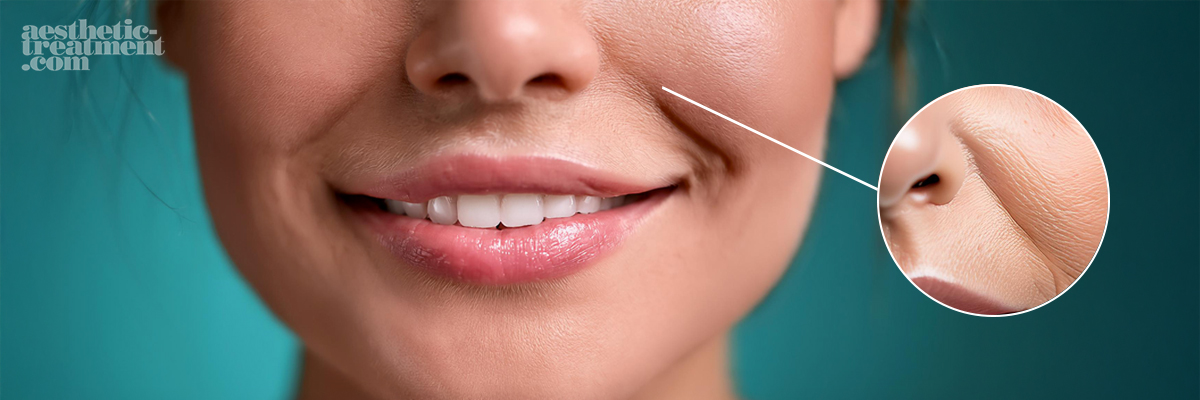
Nasolabial folds, the lines that extend from the sides of the nose to the corners of the mouth, can be effectively treated with non-surgical aesthetic procedures. These treatments focus on reducing the depth of the folds, improving skin texture, and restoring lost volume to enhance overall facial harmony. By targeting the nasolabial area without invasive surgery, these procedures provide a refreshed and more youthful appearance. Here is a comprehensive overview of the most popular non-surgical treatments for reducing nasolabial folds.

Hyaluronic Acid Fillers Hyaluronic acid (HA) fillers are among the most common treatments for nasolabial folds. Products like Juvederm, Restylane, and Belotero are injected into the folds to add volume and smooth the lines. HA fillers work by attracting and retaining moisture in the skin, providing immediate plumping and reducing the appearance of the folds. Results typically last from six months to a year, depending on the specific product and individual factors.
PRP therapy involves using a concentration of platelets derived from the patient’s own blood. After centrifugation, the platelet-rich plasma is injected into the nasolabial folds. The growth factors in PRP stimulate collagen and elastin production, which can improve skin texture and reduce the depth of the folds. Results typically become noticeable after a few months, and maintenance treatments may be required.
Fractional Laser Resurfacing This treatment uses a laser to create tiny, controlled injuries in the skin, stimulating the body’s natural healing process and collagen production. Fractional lasers, such as Fraxel, can improve skin texture, reduce the appearance of nasolabial folds, and promote overall skin rejuvenation.
Non-Ablative Laser Treatments Non-ablative lasers, such as the Clear + Brilliant or IPL (Intense Pulsed Light), target deeper layers of the skin without damaging the surface. These treatments stimulate collagen production and improve skin texture, helping to soften nasolabial folds over time.
Radiofrequency Microneedling Devices like Morpheus8 combine microneedling with radiofrequency energy to stimulate collagen and elastin production. This treatment enhances skin texture and tightens the area around the nasolabial folds, providing gradual improvement.
Radiofrequency (RF) Skin Tightening Treatments like Thermage use radiofrequency energy to heat the deeper layers of the skin, promoting collagen and elastin production. This can help tighten the skin around the nasolabial folds and reduce their appearance. The results improve gradually over several months and can last for a year or more.
Ultherapy uses focused ultrasound energy to target the deep layers of the skin. It stimulates collagen production and tightens the skin, improving the appearance of nasolabial folds. The results develop over several months and can last up to a year or more.
Combining different non-surgical treatments can often yield the best results. For example, using HA fillers to immediately smooth the nasolabial folds alongside laser treatments or PRP therapy can enhance overall skin texture and provide long-lasting improvements.
Non-surgical aesthetic procedures for nasolabial folds offer a variety of effective options to reduce their appearance and achieve a more youthful and refreshed look. Techniques such as dermal fillers, PRP therapy, laser treatments, radiofrequency, and Ultherapy provide targeted solutions to address these lines without the need for invasive surgery. Consulting with a qualified practitioner is essential to determine the most appropriate treatment plan based on individual needs and goals.

Content © aesthetic-treatment.com . Disclaimer and website use terms and conditions. Site by Curious Humans.